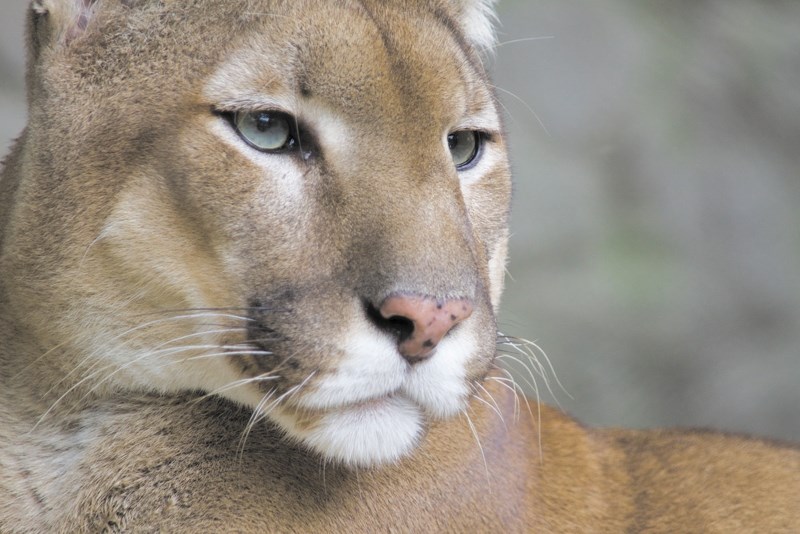With spring finally arriving, you may want to get out and enjoy the outdoors with your canines. But being outside also means being closer to wildlife and sometimes that can lead to chance encounters with local wildlife.
A quick survey of social media solicited a number of encounters from people walking their dogs – run-ins or close calls with bears, cougars and coyotes.
Mark Hoskin, district Fish and Wildlife officer, said spring is when wildlife – bear cubs, fawns, young moose – become more active.
The risk is when a dog disturbs the young, making the mother aggressive and then returning to the owner.
Hoskin’s strongest advice: keep your dog on a leash.
“Even the most well-trained dog can be unpredictable, because wildlife is just unpredictable.”
If you do have a run-in, Hoskin emphasized that you should stand your ground versus hightailing out of the situation. By running, you may trigger a “prey drive”– the predator’s instinct to hunt – in an animal and it comes after you and your dog.
If the animal starts acting aggressive, yelling, waving your arms, making yourself appear bigger as well as arming yourself with a rock or a sturdy stick can make the would-be predator think twice about trying to tango with you and your canine.
He said wildlife officers have observed predators being attracted to areas by dog feces. This can increase your chances of a critter encounter, so Hoskin stressed to clean up after your dog.
As a general rule, Hoskin advises to give wildlife a wide berth. “They have a personal space that is larger than yours or mine, and (people) need to be conscientious of that.”
But what about off-leash areas, where your pooch can roam freely?
Tracy Keith, executive director of the Cochrane & Area Humane Society, said training your dog to respond to a “leave-it cue” can reduce the risk of an encounter getting out of control.
However, she said that such a command requires an advance level of obedience training – something that owners need to commit fully to.
“You need to put the work in. If the owner doesn’t put the time and work into it, it’s not going to help.”
For a deterrent to wildlife, Keith recommends carrying a “shaker can”; a container holding rocks or gravel that you shake to make a loud rattling sound. She also advised that walking your dog at dawn and dusk can be prime times for encounters.
Here’s a rundown of species-specific advice from Hoskin:
Coyotes and cougars – stand your ground and act aggressive. “You have to show dominance.”
Moose, deer and elk – give a lot of space. “If you find you’ve gone within that space, try to get out of there and not look threatening.”
Bears – educate yourself because how you respond depends on the context. Hoskin said bears can be defending young or a recent kill, which means you should back away and make yourself non-threatening. If the bear is acting in an aggressive or predatory manner, you want to be aggressive.



